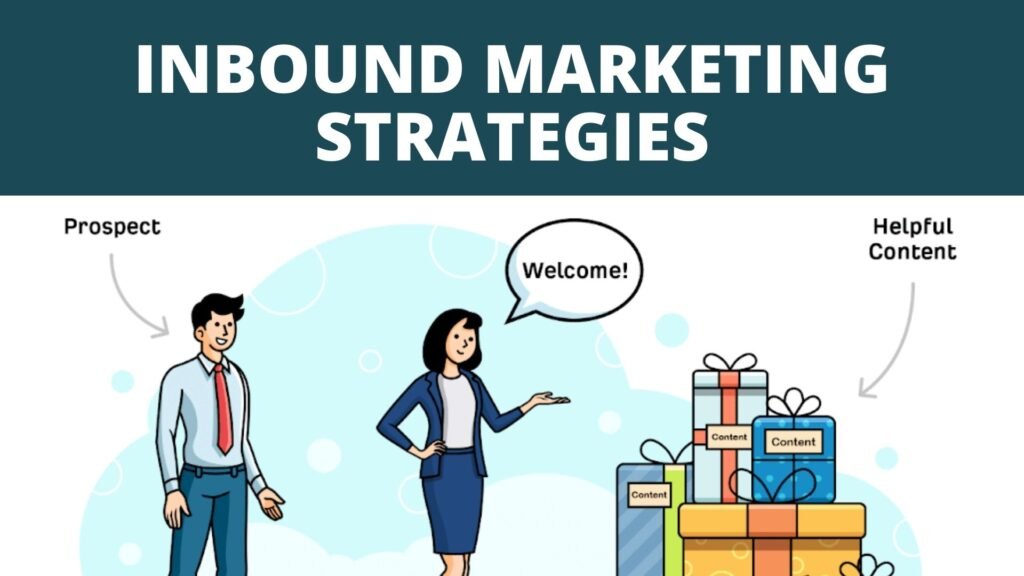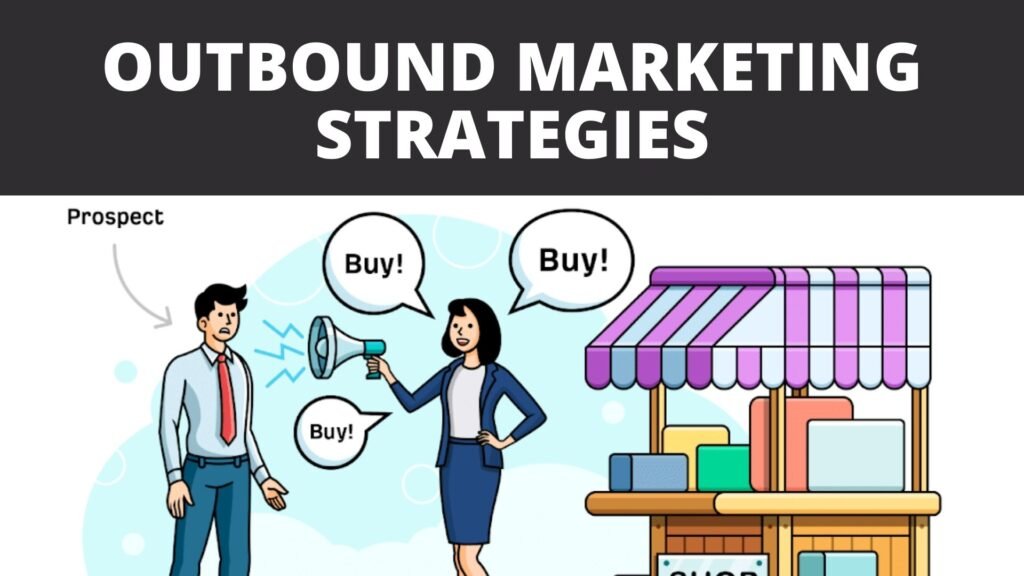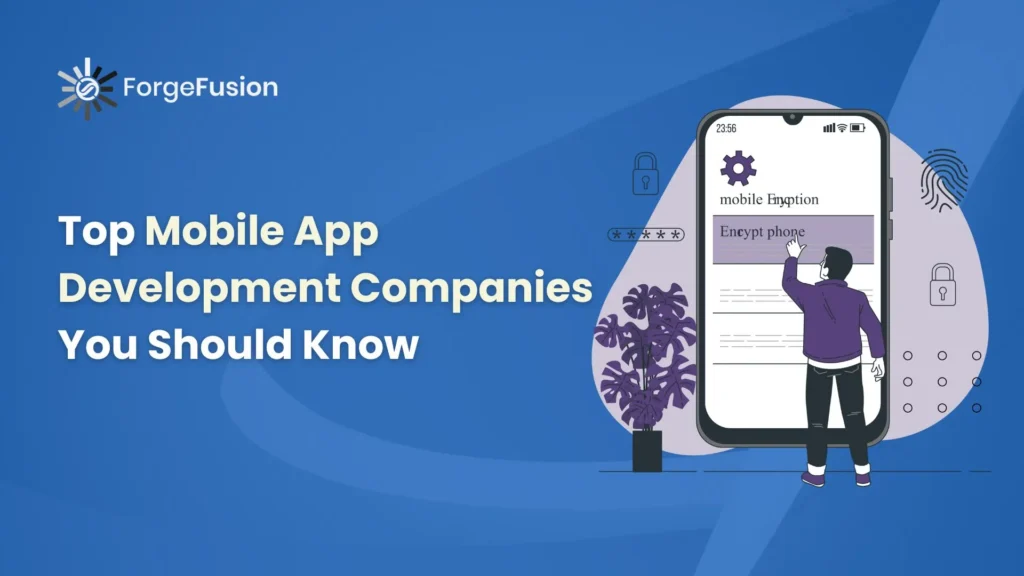
What is Lead Generation?
Before going to Lead Generation Strategies, let’s understand that what is lead generation?
Lead generation describes the marketing process of stimulating and capturing interest in a product or service to develop a sales channel.
Lead generation often uses digital channels and has changed significantly in recent years due to the emergence of new social and online technologies. In particular, the wealth of information available online has led to the emergence of the “self-directed buyer” and the rise of new technologies to develop and qualify before proceeding to sale.
Why is Lead Generation Important?
The buying process has changed and marketers must find new ways to reach buyers and make themselves heard through the noise. Instead of finding customers with massive advertising and email explosions, marketers must now focus on learning and building ongoing relationships with buyers.
Let’s begin with Lead Generation Strategies –
Let’s start by defining a potential customer. What does a potential customer mean to your company? Many companies have different definitions based on the sales cycle, but the standard definition is a qualified potential buyer who shows some level of interest in purchasing your product or solution. Potential customers who fill out forms often do so in exchange for relevant content or attractive offers.
You can divide lead generation into two main categories: inbound and outbound. And as mentioned above, you need to make sure that you consider your nutrition marketing and customer retention strategies as part of a broader strategy.
1. Inbound Marketing – #1st Marketing Based Strategy in Lead Generation Strategies –

Inbound marketing is one of the important strategies in lead generation strategies. Our definition of inbound marketing is “the process of helping potential customers find your business, often before they want to make a purchase, and then convert that initial awareness into brand preference and eventually customers. Potential and Revenue”
Gone are the days when a marketer only relied on exit techniques like trade shows, cold calls and advertisements to get leads. Today’s buyer is in control. According to Forrester, buyers search for three pieces of material about a supplier for each piece sent by a marketer and for each piece sent by sales.
Because of buyer self-education, your job as a marketer is to be heard through the noise and find new ways for potential customers to find you. To become a marketer in today’s world, you need a strong understanding of inbound to really amplify its impact on lead generation.
How do you do that? You need to generate interest by offering a relevant mix of informative and entertaining content that builds a meaningful connection with your audience. And you have to make sure to distribute your content through all the right channels depending on where your buyer spends time. In this section, some common strategies for inbound lead generation are a bit more detailed.
i.) Content and SEO –
Content and SEO is a major strategy under inbound lead generation strategies. Your content is the king of your inbound marketing efforts. Content marketing is a “marketing technique of creating and delivering relevant and valuable content to attract, acquire and engage a clearly defined and targeted audience with the goal of driving profitable customer action.”
Content usually work as the fuel of all your marketing campaigns, from email to social media. Create content that will impress your audience and encourage sharing. By creating high-quality content, you can get started to gain your buyer’s trust and start making noise.
Since search engines associate high-quality content with a high-quality website, creating value-added content is very important. Perform a content audit to see how much of your asset is in the Idea Leadership category versus the Promotion category. It means making sure your idea is of the essence in the leadership material. Many businesses jump on the content bandwagon, so do it right – focus on quality over quantity and provide useful non-promotional information.
Once you have high-value content, including images & videos, start promoting it on social media. The more engagement you get, the more Google will treat your content as high value, which in turn will increase your SEO rankings. Search engines look for natural links, so the more informative your content, the more likely people are to access it naturally.
ii.) Website –
Your website is where the magic happens. This is the virtual and online place where your audience needs to convert. Whether encouraging potential buyers to sign up for your newsletter or filling out a form for a demo, it’s important to optimize your website to convert browser leads into real leads by using website lead generation strategies. You should be focus on form, call to action (CTA), layout, design and content while creating a goal to generate leads.
iii.) Blog –
Your blog is a great place to build trust with your buyers. Readers can stumble upon your blog from all over the web, so you need to make sure it is optimized for search engines. Keep in mind that someone reading the blog may not want to sign up for a demo right away, so highlight a call to action that asks your reader to subscribe to the blog or follow you on social networks.
A well-presented blog will keep your readers interested, coming back for more and hopefully starting to see the rest of your site. Retain your readership and position your blog as a gateway to conversion.
iv.) Social Media –
Social media is one of the effective methods under lead generation strategies. The growing popularity of social channels is directly due to the abundance of information. Through social media, shoppers were able to research and learn about products and services through influencers and peers.
Additionally, there has been a profound change within social media channels. While social is still important for branding and generating buzz, lead generation is becoming more and more important. By tapping into all of the social media channels, from Facebook and Twitter to LinkedIn and Instagram, you can reach your customers and build that trust.
2. Outbound Marketing – #2nd Marketing Based Strategy in Lead Generation Strategies –

While inbound marketing generates a lot of interest, a well-balanced marketing mix should include both inbound and outbound marketing strategies. Inbound works for broader lead generation activities, but outbound is good for increasing your inbound efforts and targeting specific opportunities. So what exactly is outbound marketing? It uses outbound channels to present your posts and content to your prospects, usually through rental attention, rather than making your content and posts available on your own properties.
In many cases, outbound techniques can make someone think of you, even if they haven’t thought of you yet, because most of the methods you use should be a wow factor in your business. Outgoing communication is often very focused with a very clear call to action. As a result, good outbound marketing can push someone through the funnel at a faster rate, assuming they are closer to being ready to buy. Incoming calls alone often do not let anyone buy. The outbound gives them that extra boost to get them down the funnel.
The combination of outbound and inbound calls can multiply the number of views you generate, dramatically increase sharing, and ultimately increase the number of potential customers viewing your content. While your mix may differ from our mix, we find that the following outbound lead generation strategies work best.
i.) Email Marketing –
Email is a cornerstone and an important part of every marketing campaign. Whether you’re hosting an event, sending out new content, promoting a new service offering, or getting in touch with customers, email should be your primary means of communication. Email marketing is so effective under outbound lead generation strategies.
According to Marketing Sherpa, the most commonly used lead generation strategy is email marketing, with 81% of respondents reporting it as the most effective channel. By placing your content in front of prospects, you can find people who might not be looking for you.
Best free email marketing tools – Mailchimp, MailerLite
Here we have listed more than 100 free tools to use in lead generation strategies – Grab now free by clicking here
ii.) Display Ads –
Display ads are typically highly targeted to a variety of demographic or behavioural actions. You can choose where you want to see ads by choosing an online post that you think is a place where your prospects spend time, or you can also take advantage of retargeting ads that Can be a cookie-cutter site. With retargeting ads, once someone has received cookies, your ads are displayed on other sites they visit later.
With online advertising, you can reach more of your target audience, educate potential leads, and generate leads. Display ads at each stage of the funnel also have a goal: to grow the brand and audience at the top of the funnel, to educate and assist with measurement in the middle of the funnel, and to increase conversions at the bottom of the funnel, that’s why we recommend this strategy as well under lead generation strategies.
iii.) Pay-per-Click Ads –
For the last few years, PPC is boom under lead generation strategies. Many small and big companies including startup use this strategy to generate leads instantly. With pay-per-click (PPC) ads, you pay for each click on your ad that appears on a search engine or website, such as Google, Yahoo, or Bing. For PPC on search engines, your ads appear at the top and next to organic search terms as sponsored results.
PPC advertising is a great way to draw attention to your latest content or service offering. They are also heavily targeted to generate very high-quality leads. Advertisers bid on keyword phrases that are relevant to their target markets, and your ads appear when a keyword query matches your chosen keyword list. That’s why this is so effective method under lead generation strategies because while creating the ad you know your audience and target keywords along with complete information.
You can use this strategy by Google Ads
iv.) Content Syndication –
Since potential buyers will not always find themselves on your website at the beginning of their shopping journey, it is important that you establish a presence where they can be seen. Content syndication is a great way to deliver high-value content to the right prospects: a content sharing strategy that can be used to promote your white papers, articles, press releases, etc. To other websites for greater reach and engagement. Through content syndication, your content appears on third-party sites and newsletters. And since most content syndicators send leads directly to your inbox, this is a great way to keep leads available to you under lead generation strategies.
v.) Direct Mail –
You might think that direct mail is a thing of the past. But it remains effective for targeted communication. Consider developing material assets for top level executives. Executives generally do not browse the web for information. And reaching them by email can be difficult. This means that they may not be searching for content that you developed with them in mind. This is where direct mail can be powerful. You can send a direct mail to let this audience know about your new targeted content. Direct mail also gives you the opportunity to grab a potential customer’s attention by being creative and engaging with your message and presentation.
vi.) Events –
Events strategy although a costly strategy under lead generation strategies, is so highly directly impactful strategy in outbound lead generation strategies. Whether you are hosting a small private event, a large-scale international trade show, or an executive webinar, event marketing needs to be an integral part of the lead generation mix. After all, events are an essential part of an outbound marketing strategy. Essentially, events give you the opportunity to define your brand, articulate the solutions you offer, and build personal relationships with attendees. And while they give you an invaluable opportunity to interact with prospects and customers, events also give attendees a chance to interact with each other.
As any marketer knows, there is no better advertisement than the straightforward words of a satisfied customer. Events also provide a venue for speeches and content that conveys thought leadership in your business and enhances your perception in the eyes of buyers. Compared to other marketing tactics, events are more likely to quickly convert a lead into a solid lead. As a vibrant, interactive and educational platform, events position your business as a trusted leader in the multi-people sector.
If you are in ecommerce business, here is the best marketing strategy for you – click here to learn for free
Lead Generation Strategies Conclusions for B2B & B2C Business –
1. Lead Generation Strategies Conclusion for B2B Business –
B2B marketing techniques are built on the same fundamentals as consumer marketing but performed in a unique way. While consumers choose products based not only on price but also on popularity, status and other emotional triggers, B2B buyers decide solely on price and profit potential.
Finding new ways to foster relationships through social media is a hot topic in the world of B2B marketing right now. Social media platforms have opened up a two-way conversation between businesses. A survey conducted by Chadwick Martin Bailey and iModerate showed that companies are more likely to purchase from companies they follow through social media, that’s why social media strategy is so effective strategy under lead generation strategies.
Tech-savvy B2B companies continue to find innovative ways to use social media to their advantage. Cisco Systems, Inc., a major vendor of networking systems, has launched a campaign featuring a new router solely on social media advertising. The launch was ranked among the top five in the company’s history and resulted in a reduction of more than $100,000 in general launch expenses.
2. Lead Generation Strategies Conclusion for B2c Business –
It all depends on the size, speed and needs.
Unlike businesses, which typically make large purchases to meet previously identified business needs, an end consumer typically makes very small purchases, sometimes to satisfy a “need” that he or she needs to purchase the product.
Consumer purchases take very little time – seconds for an impulse purchase; Maybe a couple of weeks if you buy a specific item for the best price. The decision is made by one person (or two, in the case of a couple making joint purchases). Consumers expect to make some profit from their purchases, but generally do not consider the financial risks as heavy as businesses.
Effective business-to-consumer (B2C) marketers know this and develop campaigns that match the mindset of consumers. Through advertising, direct and internet marketing, storefronts and discount offers, the B2C marketer strives to convert buyers into buyers as efficiently as possible and you should be followed of these given strategies under lead generation strategies.
Lead Generation Strategies at a Glance –
| Inbound Lead Generation Strategies | Outbound Lead Generation Strategies |
|---|---|
| Content | Email Marketing |
| SEO | Display Ads |
| Blog | Pay-per-Click Ads |
| Website | Content Syndication |
| Social Media | Direct Mail |
| – | Events |
So here we listed total 12 effective lead generation strategies including inbound and outbound for B2B and B2C business or startup. We believe if you will work with strategy, definitely you can achieve your business goal & vision.



